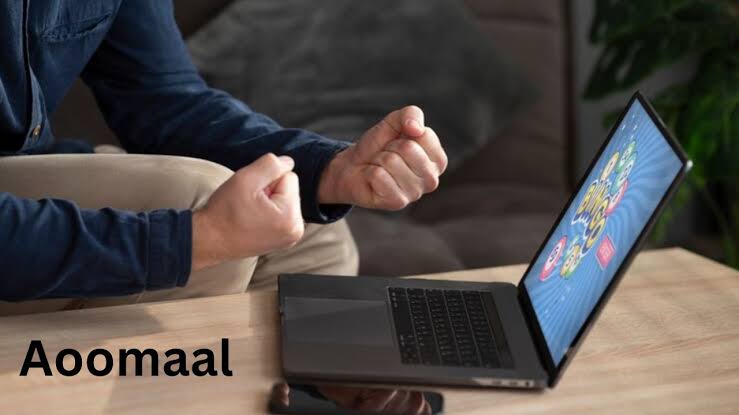Essential Features of Modern Business Security Systems: Key Components for Comprehensive Protection

Modern business security systems have evolved significantly in recent years. They now incorporate advanced technologies to protect companies from both physical and digital threats. Essential features of these systems include access control, video surveillance, intrusion detection, and cybersecurity measures.
These integrated solutions provide comprehensive protection for businesses of all sizes. Access control systems regulate entry to buildings and sensitive areas, while video surveillance offers real-time monitoring and recording capabilities. Intrusion detection systems alert security personnel to unauthorized access attempts.
Cybersecurity features safeguard digital assets and networks from hacking attempts and data breaches. Cloud-based management allows for remote system control and monitoring. As threats continue to evolve, business security systems must adapt to stay ahead of potential risks.
Fundamentals of Business Security Systems
Modern business security systems integrate multiple components to protect assets, people, and information. They combine physical barriers, electronic surveillance, and access control to create comprehensive protection.
Understanding Security Systems and Surveillance
Security systems form the backbone of business protection. They typically include surveillance cameras, motion sensors, and alarms. These components work together to monitor premises and detect unauthorized activities.
Surveillance cameras provide visual coverage of key areas. They can be fixed or pan-tilt-zoom (PTZ) models, offering flexibility in monitoring. Many systems now use high-resolution digital cameras with night vision capabilities.
Motion sensors detect movement in protected areas. They can trigger alarms or alert security personnel. Advanced sensors can distinguish between human and animal movement, reducing false alarms.
Alarm systems integrate these components. They can be programmed to notify authorities automatically when triggered. Many modern systems offer remote monitoring and control via smartphone apps.
Access Control and Intrusion Detection
Access control systems manage entry to buildings and sensitive areas. They range from simple keycard readers to advanced biometric systems. These systems track who enters and exits, creating an audit trail for security purposes.
Keycard systems are common and cost-effective. They use magnetic stripe or RFID technology. Biometric systems offer higher security by using unique physical characteristics like fingerprints or retinal scans.
Intrusion detection systems identify unauthorized entry attempts. They often combine door and window sensors with motion detectors. When triggered, these systems can activate alarms, lock down areas, and alert security personnel.
Advanced access control systems can integrate with other business systems. They may connect to HR databases to automatically update access rights. Some systems use artificial intelligence to detect unusual patterns and potential security breaches.
Implementation and Management of Security Solutions
Effective implementation and ongoing management are crucial for maximizing the benefits of modern business security systems. Proper customization, professional support, and leveraging technological advancements ensure robust protection against various threats.
Customization and Integration
Security systems must be tailored to each business’s unique needs. A thorough security assessment helps identify vulnerabilities and determine the right mix of components. This may include burglar alarms, fire alarms, glass break sensors, and outdoor cameras.
Integration with existing infrastructure is key. Modern systems can connect with access control, HVAC, and IT networks for comprehensive protection. Scalability allows businesses to expand their security as they grow.
Costs vary based on system complexity and size. Small business security solutions may start at a few thousand dollars, while large commercial security systems can cost tens of thousands. Many providers offer flexible pricing models to accommodate different budgets.
Professional Monitoring and Support
24/7 professional monitoring is essential for rapid emergency response. Leading providers like ADT, Vivint, and SimpliSafe offer round-the-clock surveillance of alarm triggers and video feeds.
Expert technicians handle installation, ensuring proper placement of devices like security cameras and motion detectors. Regular maintenance and software updates keep systems running smoothly.
Customer support is crucial for troubleshooting and addressing concerns. Top companies provide multiple contact methods and quick response times. Some offer mobile apps for remote system management and real-time alerts.
Advances in Security Technology
Artificial intelligence and machine learning enhance threat detection capabilities. Smart cameras with advanced analytics can distinguish between humans, animals, and vehicles, reducing false alarms.
Cloud storage enables secure, off-site video backup and easy retrieval of footage. This protects evidence from tampering or destruction on-site.
Thermal imaging and night vision technologies improve surveillance in low-light conditions. These tools are particularly valuable for monitoring outdoor areas after dark.
Cybersecurity measures protect against digital threats. Encryption, firewalls, and regular security patches safeguard networked devices and stored data from hacking attempts.
Environmental monitoring systems detect issues like water leaks or temperature fluctuations, preventing costly damage to inventory or equipment.



